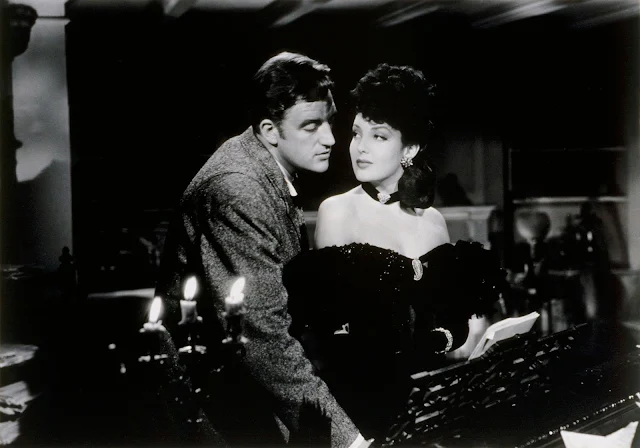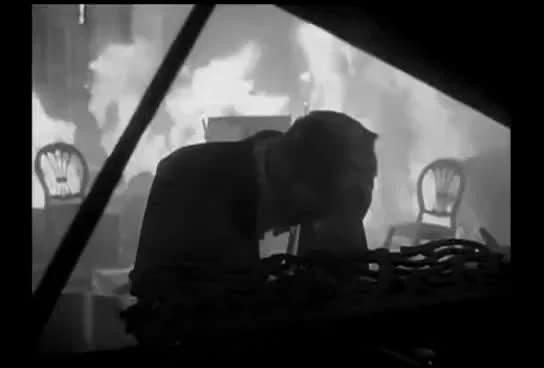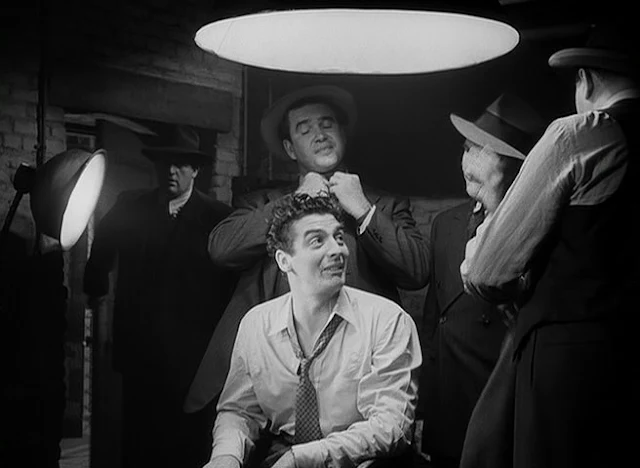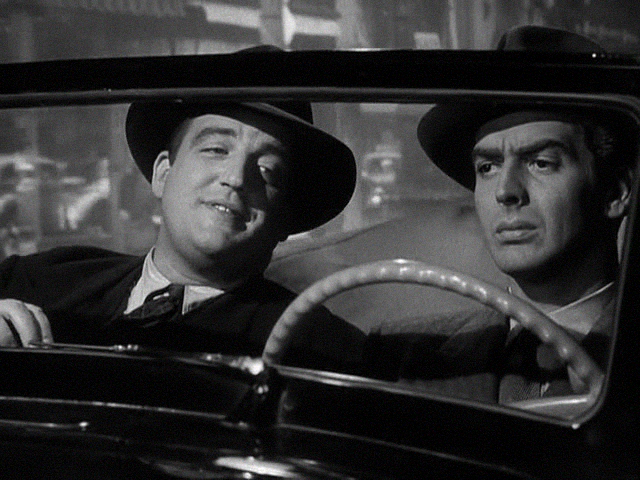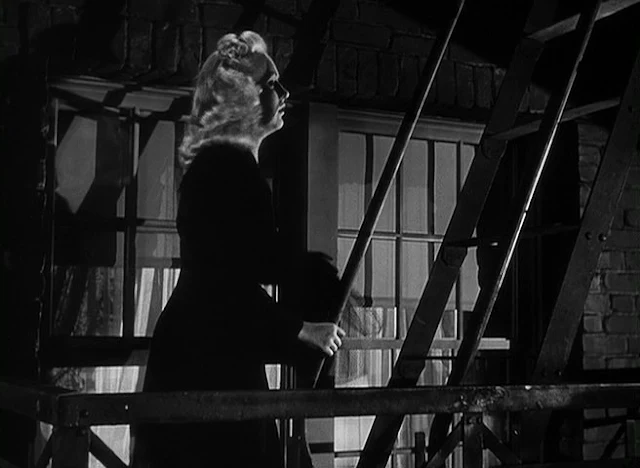A blog formerly known as Bookishness / By Charles Matthews
"Dazzled by so many and such marvelous inventions, the people of Macondo ... became indignant over the living images that the prosperous merchant Bruno Crespi projected in the theater with the lion-head ticket windows, for a character who had died and was buried in one film and for whose misfortune tears had been shed would reappear alive and transformed into an Arab in the next one. The audience, who had paid two cents apiece to share the difficulties of the actors, would not tolerate that outlandish fraud and they broke up the seats. The mayor, at the urging of Bruno Crespi, explained in a proclamation that the cinema was a machine of illusions that did not merit the emotional outbursts of the audience. With that discouraging explanation many ... decided not to return to the movies, considering that they already had too many troubles of their own to weep over the acted-out misfortunes of imaginary beings."--Gabriel García Márquez, One Hundred Years of Solitude
Search This Blog
Tuesday, October 15, 2019
Hangover Square (John Brahm, 1945)
Hangover Square (John Brahm, 1945)
Cast: Laird Cregar, Linda Darnell, George Sanders, Glenn Langan, Faye Marlowe, Alan Napier. Screenplay: Barré Lyndon, based on a novel by Patrick Hamilton. Cinematography: Joseph LaShelle. Art direction: Maurice Ransford, Lyle R. Wheeler. Film editing: Harry Reynolds. Music: Bernard Herrmann.
Hangover Square is a standard costume melodrama made memorable by Laird Cregar's performance and Bernard Herrmann's score. It was Cregar's last film: He died at the age of 31 before it was released. Wanting to escape the typecasting that had made him one of the movies' go-to villains, he set out to turn himself into a leading man, dieting down from his usual 300 pounds with the aid of amphetamines and thereby damaging his heart. In Hangover Square he is almost handsome, or at least hard to recognize as the hulking villain who menaced Victor Mature in I Wake Up Screaming (H. Bruce Humberstone, 1941) and Tyrone Power in The Black Swan (Henry King, 1942). He plays George Harvey Bone, a composer working on a piano concerto, which was actually composed by Herrmann and has subsequently been performed and recorded as Concerto Macabre. But Bone is mentally ill, subject to blackouts during which he resorts to acts of violence that the otherwise mild-mannered Bone can't remember after they've passed. The illness also leads him into two clashing worlds: the genteel one of classical music, where he woos Barbara Chapman (Faye Marlowe), daughter of the eminent conductor who plans to introduce his concerto to the world, and the louche one of the music halls, where he falls for the ambitious singer Netta Longdon (Linda Darnell), who wants him to write songs for her that will propel her to stardom. The psychology of the film is hokum, of course, owing a heavy debt to Dr. Jekyll and Mr. Hyde, but Cregar's ability to switch from vulnerability to violence in an instant gives the character credibility. The fiery climax of the film is particularly well-staged.
Monday, October 14, 2019
Cronos (Guillermo del Toro, 1993)
Cronos (Guillermo del Toro, 1993)
Cast: Federico Luppi, Ron Perlman, Claudio Brook, Margarita Isabel, Tamara Shanath, Daniel Giménez Cacho, Mario Iván Martínez, Farnesio de Bernal, Juan Carlos Colombo. Screenplay: Guillermo del Toro. Cinematography: Guillermo Navarro. Production design: Tolita Figuero. Film editing: Raúl Dávalos. Music: Javier Álvarez.
Guillermo del Toro's Cronos, his first feature, is a "horror movie" with the hard moral clarity of a folk tale, a characteristic the writer-director has maintained into his more celebrated films like Pan's Labyrinth (2006) and The Shape of Water (2017). In fact, I think I prefer Cronos to these later films because its moral vision is not distracted into social or political directions. Granted, we can interpret Cronos as a tale about the cultural contamination of Mexico from the age of the conquistadors to the age of multinational corporations, but that takes more work than the film itself demands. What we have in Cronos is a fable about the hunger for immortality, as basic as it is to any vampire movie, but with the difference that in this film the vampirism, with its blood lust and photophobia, isn't spread in the usual plaguelike fashion, but confined to those eager enough to seek it out. The fable of the consequences of human overreaching, as old as Genesis, gets a fairly sophisticated reworking in Cronos, where the horror movie tropes are more insidiously displayed than usual. Del Toro is less out to shock us than to infest our dreams.
Sunday, October 13, 2019
I Wake Up Screaming (H. Bruce Humberstone, 1941)
I Wake Up Screaming (H. Bruce Humberstone, 1941)
Cast: Victor Mature, Betty Grable, Carole Landis, Laird Cregar, William Gargan, Alan Mowbray, Allyn Joslyn, Elisha Cook Jr., Morris Ankrum, Charles Lane, Frank Orth, Gregory Gaye, Chick Chandler, Cyril Ring, May Beatty. Screenplay: Dwight Taylor, based on a novel by Steve Fisher. Cinematography: Edward Cronjager. Art direction: Richard Day, Nathan Juran. Film editing: Robert L. Simpson. Music: Cyril J. Mockridge.
I Wake Up Screaming, in which no one actually wakes up screaming, was not one of 20th Century Fox's priority projects in 1941, witness the fact that it was assigned to one of the studio's second-string directors, H. Bruce Humberstone, who was usually in charge of B-movies like the Charlie Chan films. Even its stars were not of the first rank: Betty Grable would become famous for her "gams" as the GIs' pin-up girl during the coming war, but she had mostly been a decorative element, not a leading lady, in her previous movies. Victor Mature had been in movies for only a year, having worked with Carole Landis in Hal Roach's caveman saga One Million B.C. in 1940. The studio didn't bother with an original score for the film, instead hiring Cyril J. Mockridge to orchestrate the theme music Alfred Newman had composed for King Vidor's 1931 film Street Scene, along with a love theme adapted from the Oscar-winning song Harold Arlen and E.Y. Harburg had composed for The Wizard of Oz (Victor Fleming, 1939). Today, the reiterations of "Over the Rainbow" against the murder mystery background are among the more unintentionally unsettling things about I Wake Up Screaming, which Fox initially released under another title, Hot Spot. Given all this uncertainty, it's surprising that the movie works as well as it does, generating some real suspense and keeping its plot twists concealed until the right moment. Probably its greatest strength lies not in the performances of its leads, though Mature in particular is perfectly fine, but in that of Laird Cregar, as the sinister cop who wants to pin the murder of Landis's Vicky Lynn on Mature's Frankie Christopher. Cregar is a true heavy in every sense of the word, his bulk playing off well against Mature's own large presence. Cinematographer Edward Cronjager works well with shadows, which has earned I Wake Up Screaming a reputation as one of the first American film noirs. Humberstone unfortunately doesn't have the noir touch, and undermines Cronjager's efforts with some attempts at lightening up the mood, including a silly detour into a swimming pool scene that doesn't do much other than give Grable an opportunity to show off her legs and Mature to bare his chest. But all in all, it's a better film than most of the people connected with it had any right to expect.
Subscribe to:
Comments (Atom)






